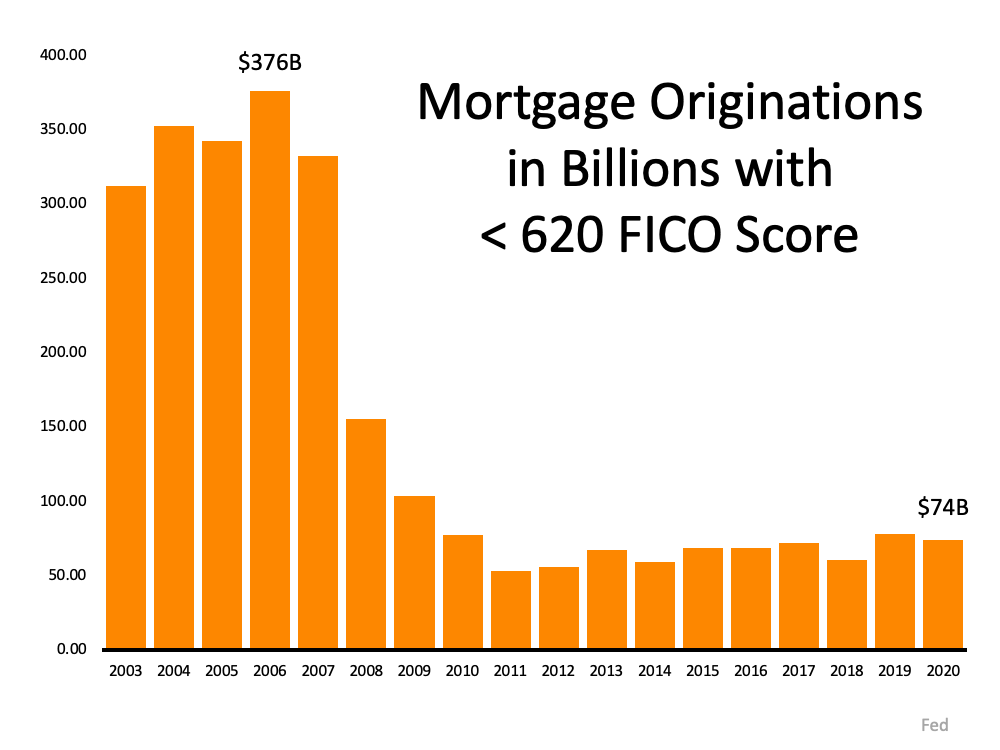Is This the Year to Repaint Your Home?
The Purpose of Paint
Although paint is nice to look at, and the color you choose definitely tells a story and lends a mood to the whole neighborhood, paint serves another very important function as a waterproof barrier. For many homes, especially those that are older, there’s very little standing between the siding and the living space. This is why having a good paint really matters. Paint waterproofs that siding, and helps prevent moisture from crossing from the outdoors inward. This, in turn, helps slow the damage time brings, like wood rot and damage from insects drawn to a moist environment. So even though it’s a lovely thing to look at, paint is really one of your best defenses against the elements.
Painting isn’t limited to wooden siding, though. You can also paint many types of siding considered non-paintable with the right kind of preparation and primer. So, if your house is covered in a horrific color of vinyl siding, for example, all hope is not lost.
How to Tell It’s Time to Paint
Knowing when it’s time to paint your house is as much an art as a science. There are definitely things you can look for that indicate the time is coming near, but you’ll also need to balance that with the expense and effort involved. Here are a few clear indicators to watch:
- There’s chipping paint. Most people know that chipping paint is a sign it’s probably about time to start considering a paint job. But there’s a fine line between a little bit of acceptable flaking and serious chipping. If you’re only noticing a few very small flakes falling off here and there, you should be working on picking a new color, but you don’t necessarily need to stop everything to get to painting. On the other hand, if big chips of paint are shedding off in multiple places, you’ve probably waited too long.
- Your waterproofing is failing. If your paint no longer keeps water from soaking into your siding, and instead it seems to be absorbing more water, your waterproofing has failed. Generally, you want water to bead up on your siding, then work its way down and onto the ground. If the paint is so far gone that your siding is soaking up rainwater, a paint job is needed ASAP. Waiting risks further, more serious damage.
- There’s damage. Visible siding damage is a good sign it’s time to paint. After all, after you’ve fixed the holes in the siding created by woodpeckers, or by falling trees during storms, you’ll want to ensure the paint matches. Sometimes you can get away with just painting that side of the house, but large patches or siding replacements will usually not match existing paint, even if you use the same bucket. UV light breaks down the pigments quickly; just how quickly depends on the colors you’ve chosen.
- You’re ready for a change. Look, you can paint your house just because you hate the color. It’s totally legit and, frankly, can be a much easier process than painting to deal with damage or worn out paint. Just make sure you’re preparing the surface just like you would for a coat of paint meant to be a repair so it’ll adhere properly.
A Little Painting Help From Your Friends
If it’s time for some paint, but you don’t have the energy, skills, or schedule opening to do the job yourself, you’re in luck. Your HomeKeepr community knows lots of great painters. They can even help with those not-so-typical paint jobs you’ve been thinking about! Just look for a recommendation and you’ll soon be on your way to fresh paint, and a fresh jewel in your neighborhood.










